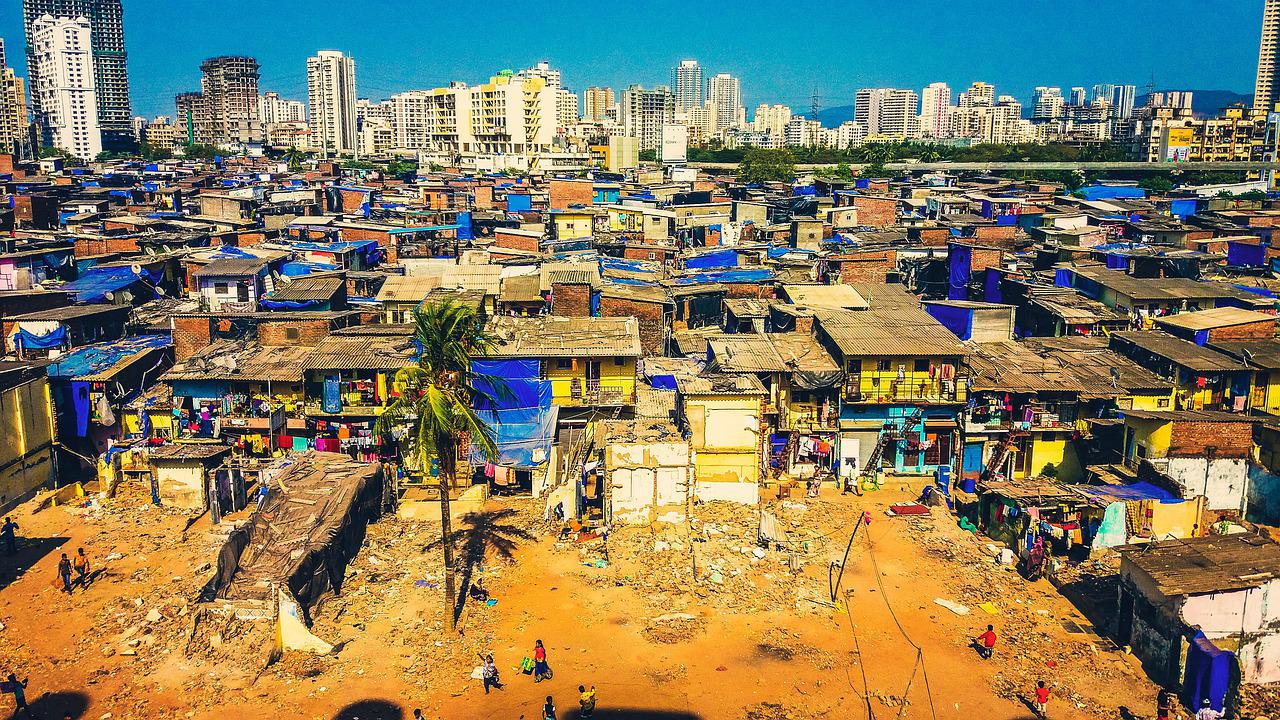
Author: Debolina Kundu, Tania Debnath, Swastika Chakravorty, Biswajit Kar, Arvind Pandey
The dawn of the twenty-first century marked the world entering the ‘urban century'. This was accompanied by a southward shift of the mean latitude of urbanisation. In contrast to Europe and North America, which had a long history of urbanisation starting soon after the industrial revolution in the 1800s, countries in the global South started urbanising mainly in the second half of the twentieth century. Among the regions in the global South, Latin America started much earlier and has already become predominantly urban. On the contrary, Asia and Africa are the two least urbanised continents. However, in absolute terms, 2.4 billion people lived in the urban settlements of Asia in 2020, which is estimated to rise to 3.5 billion by 2050. It is projected that these two continents would account for around 90 per cent of the additional urban population in the next three decades, which brings them to the centre stage of the global urbanisation trajectory. Asia alone is projected to contribute to an additional 1.1 billion urban population in the next three decades. The corresponding figure for Africa is estimated at 0.9 billion.
The demographic weight of these two continents is expected to have an overwhelming effect on the changing dynamics of planetary urbanisation, with Africa continuing to urbanise at a faster pace as compared to Asia. The growth rate of urban population in Africa is projected to be 3.1% and 2.8% in 2030s and 2040s compared to Asia’s figures of 1.3% and 0.9%, respectively. Moreover, the two least urbanised regions in these two continents, i.e. Eastern Africa and Southern Asia, are expected to experience the highest urban growth and rural-urban transition in the next three decades.
Although both continents are expected to play a crucial role in promoting urbanisation in the coming decades, the Asian trajectory will be very different from that of Africa. Whereas contemporary Asian urbanisation is currently characterised by population concentration in megacities, African cities are yet to experience such urban concentration. Importantly, Africa is poised to witness a sharp increase in the number as well as population concentration in its megacities, as ‘consumption-led cities’. Asian urbanisation, which has been top-heavy with population concentration in big cities, will continue to be so even after the slowdown in urban growth in this region. By 2035, six of the ten most populated megacities will be in Asia, and Delhi will be the most populated urban agglomeration with 43.3 million people. However, the future urban growth in Asian cities will be less megacity-driven as these cities are already slowing down. This phenomenon could be attributed to capital intensive growth in these cities, failing to attract unskilled or semi-skilled migrants from the rural areas.
Importantly, many Asian countries, particularly those in South Asia, would urbanise without harnessing the economic benefits of their demographic dividend. Unlike the East Asian Tigers, which reaped the benefits of their demographic dividend, South Asia is going through a rapid decline in fertility and is likely to reach the peak of youth bulge in 2028. Furthermore, urbanisation in Asian countries is currently associated with sluggish growth of megacities, dominated by poverty and unemployment. This trend will continue in the coming decades as well. On the other hand, African countries will experience urbanisation associated with persistently high fertility rates, distress-driven rural-urban migration and a lack of economic vibrancy. Africa will continue to have an increasing size of its working-age population (15-64 years) and add 2.1 billion working-age population by the end of this century. Urbanisation in Africa, currently with few megacities, will follow the Asian experience with the rise in the number and population of megacities. However, contrary to the Asian counterparts, most of the new megacities of the continent will be ‘places of consumption’ in place of ‘growth engines’. In short, rapid-paced urbanisation in Africa in the coming decades will be distress-driven.
Furthermore, Asia and Africa are poised to be the epicentres of urbanisation, without a corresponding increase in their income levels. Much of the urban growth will be concentrated in the countries with very low urbanisation and income levels and poor infrastructural base. As overcrowded Asian megacities have crossed the threshold of reaping the benefits of agglomeration economies, Asian countries need to focus on the development of secondary cities to take benefit of their demographic dividend. On the other hand, African countries need to focus on infrastructure investment and developing high-value- added manufacturing activities to interlink the process of urbanisation with growth. China, India and Nigeria together are projected to account for 37 per cent of total increase in the global urban population by 2050. Among these, India alone will contribute most to the urban increment with the addition of 416 million urban dwellers, nearly doubling the size of its urban population between 2018 and 2050.
At present, India is experiencing a slow but steady pace of rural-urban transition. However, it is projected that India’s pace of urbanisation will speed up in the coming decades. Also, Indian urbanisation will continue to be top-heavy. The country is going through a demographically favourable phase with a bulging economically active population. India thus has the opportunity to supply skilled labour globally and become the world’s skill capital given that most of the developed world is experiencing an aging population. By the year 2025, India will peak its youth bulge. This demands immediate creation of jobs to stall demographic dividend transforming into demographic disaster. Also, the big city bias is going to affect the growth of the secondary cities, which have a high potential for employment generation. To take advantage of India’s demographic dividend, India needs to focus immediately on education and health along with skill and infrastructural development. These policy measures will help in creating a regionally balanced urban system.
(Note- Facts and Figures in this blog are largely based on World Urbanisation Prospects, 2018)
Add new comment